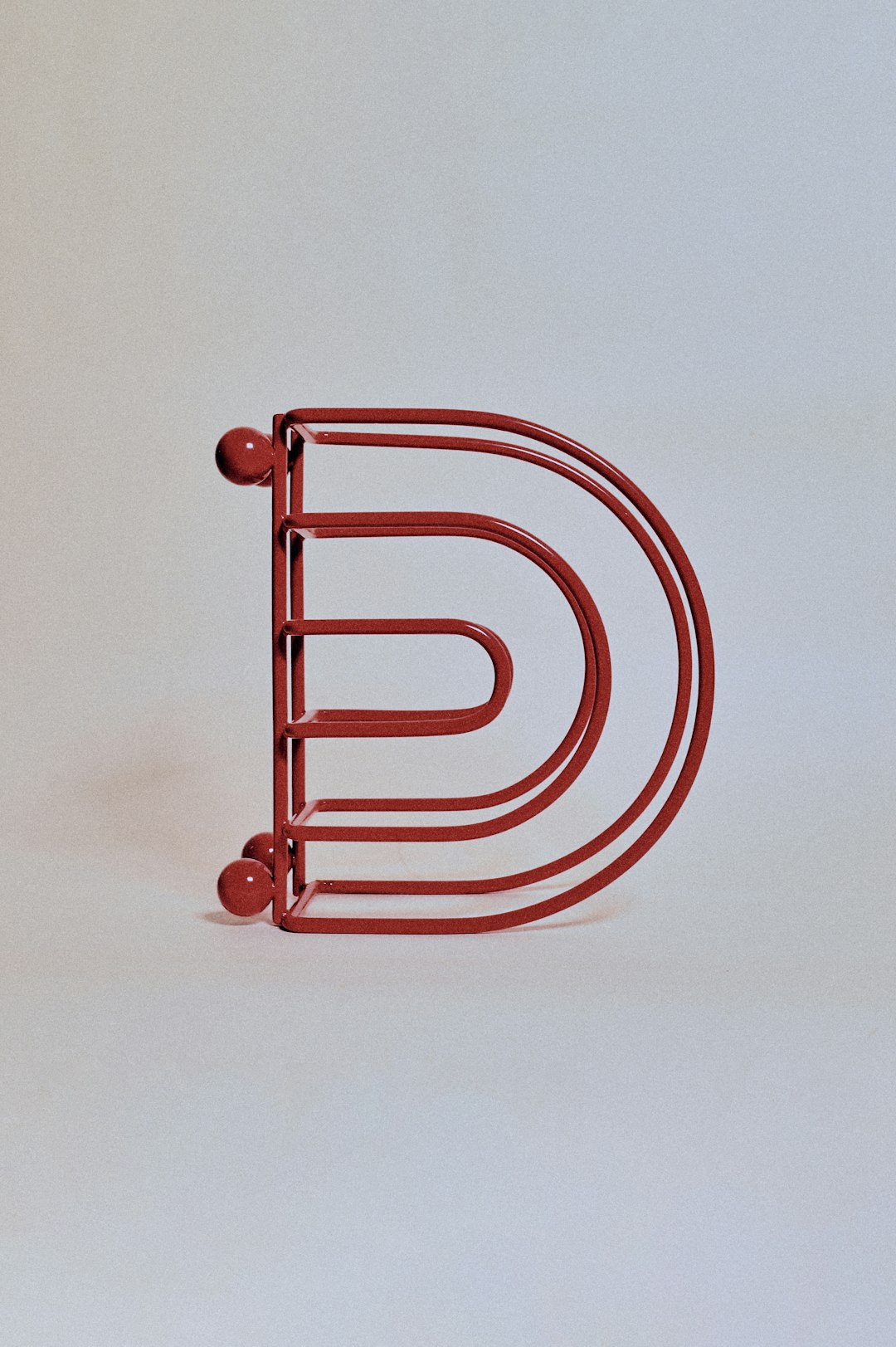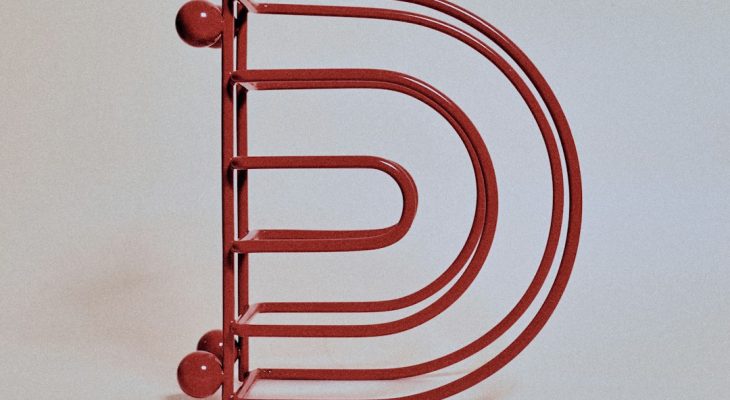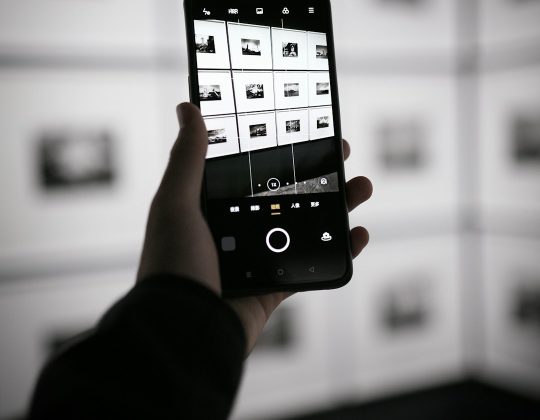If you’re brewing small-batch IPAs in your garage or cultivating sun-ripened grapes on a hillside vineyard, you know that the story behind your craft is just as important as the taste. And there’s no better way to visually share that story than through a well-crafted logo. A logo isn’t just a pretty image—it’s a message in miniature, communicating your values, heritage, and personality at a glance.
TLDR: Craft breweries and wineries thrive on individuality, and a strong logo design can elevate their brand from unknown to unforgettable. From vintage stamps to modern minimalism, these nine logo concepts help distill identity into a recognizable visual. Whether you’re looking to evoke rustic charm or edgy sophistication, there’s a style on this list for you. Explore how design elements like icons, typography, and color can transform your brand’s image.
1. Vintage Emblem Logos
The vintage emblem is a classic among breweries and wineries—and for good reason. These logos evoke a timeless, handcrafted quality, reminiscent of old-world seals and labels. Packed with ornate typefaces and circular designs, this logo concept fits perfectly with artisanal products that take pride in heritage and tradition.
Best For: Family-owned wineries, traditional brewmasters, and historic cellars.

Tips: Use serif fonts, distressed textures, and aged color schemes like deep burgundy, parchment, or bronze to emphasize authenticity.
2. Minimal & Modern Logos
On the opposite end of the spectrum, many contemporary booze brands are turning to minimalist logos. These are sleek, simple, and completely uncluttered—often using basic shapes, sans-serif typography, and clever negative space. The goal is to reflect refinement, clarity, and a forward-thinking mindset.
Best For: Urban wineries, experimental breweries, and upscale tasting rooms.
Tips: Consider geometric icons, monochrome color schemes, and crisp sans-serif fonts for a high-end, minimalist appeal.
3. Nature-Inspired Symbols
Whether it’s a cluster of grapes or a stalk of barley, nature offers abundant inspiration. Integrating organic elements into your logo creates an immediate association with freshness, sustainability, and small-batch authenticity. Leaves, vines, water droplets, and mountain silhouettes are all common motifs.
Best For: Eco-conscious wineries, countryside brewers, and brands focused on farm-to-bottle practices.

Tips: Use hand-drawn illustrations or line art to maintain a rustic and approachable feel.
4. Badge Logos
Think of badge logos as a cousin to the vintage emblem—but with a modern twist. These logos are often designed to look like a patch, stamp, or shield and are perfect for adapting across t-shirts, bottle caps, and coasters. They’re rugged, compact, and easy to recognize.
Best For: Microbreweries, taprooms, and adventure-themed beverage brands.
Tips: Incorporate locale-specific elements—like a landmark or regional map—to ground your identity in place.
5. Typography-First Designs
Sometimes, the best logos are text-only. A strong typographic design can be every bit as iconic as an image. These logos rely on expressive fonts and clever wordmark layout to infuse personality and voice.
Best For: Brands with unique names or stories told through type (e.g., family names, puns, or historic references).
Tips: Experiment with ligatures, stacked type treatments, and custom letterforms to distinguish your name from competitors.
6. Animal Iconography
From lions to owls, animals are powerful and symbolic logo assets. They can convey personality traits like wisdom, strength, agility, or warmth. When chosen mindfully, animals can strengthen brand storytelling and leave a lasting impression on potential customers.
Best For: Brands with mascots, allegorical names, or wildlife-rich environments.
Tips: Keep it simple; a stylized or geometric animal can feel modern, while a sketch-style animal might feel rustic and organic.
7. Art Deco Style
Art Deco logos bring a splash of 1920s glamor to the table. Featuring symmetrical designs, ornamental borders, and elegant type treatments, these logos exude sophistication and festivity. They also offer a sense of celebration perfect for sparkling wines or boutique brews.
Best For: Sparkling wine companies, cocktail-inspired breweries, and event-focused beverage brands.
Tips: Use metallics like gold and silver, paired with deep navy or emerald, to create a high-end, party-ready aesthetic.
8. Heraldic Crests & Shields
For brands that want to emphasize legacy, craftsmanship, and a deep-rooted connection to culture, heraldic logos are a regal choice. Shields, swords, lances, and other medieval elements bring drama and authenticity to your identity. They suggest a story that stretches back through generations.
Best For: Old-world wineries, heritage beer producers, and European-style cellars.

Tips: Make sure the crest is simplified enough for digital and small-print use, removing too much detail that might blur in reproduction.
9. Abstract Shapes & Patterns
Not every logo needs a figurative anchor—sometimes abstraction says just enough. A swirl could represent a pour, and a cluster of geometric dots might nod to bubbles in fermentation. Abstract logos are bold, memorable, and often provide more flexibility as your brand grows or diversifies.
Best For: New-age labels, creative collaborations, or cross-industry brands like beer-and-coffee mixes.
Tips: Use color and repetition wisely. Aim for balance between simplicity and intrigue so that the design is open to interpretation but still recognizable.
Conclusion: Honing the Craft of Logo Design
At their core, logos are storytelling tools. For a craft brewery or winery, your audience is already primed to appreciate artistry, authenticity, and nuance—so don’t settle for a generic mark. The best logo captures your spirit, distinguishes your label on a crowded shelf, and starts a conversation before a bottle is opened.
Remember, your logo isn’t your whole brand—but it’s often the first handshake someone has with it. Choose or design it with care, and it can become as memorable as the product it represents.








